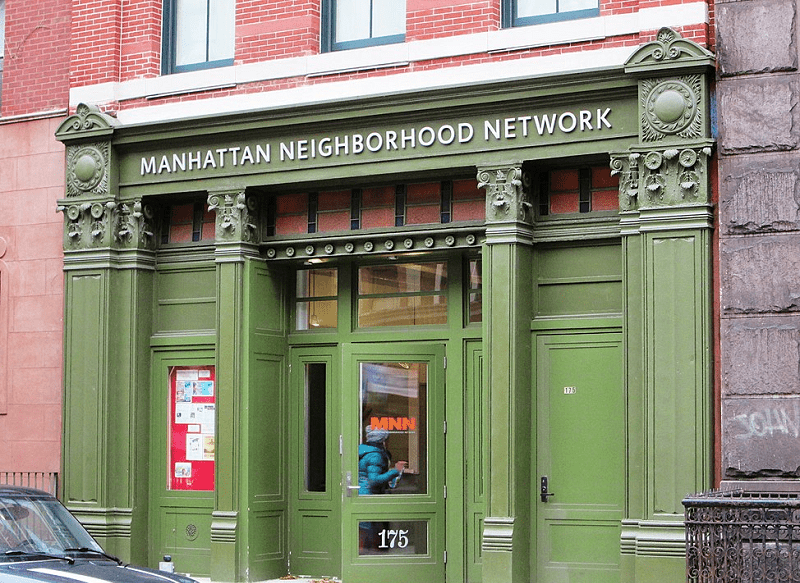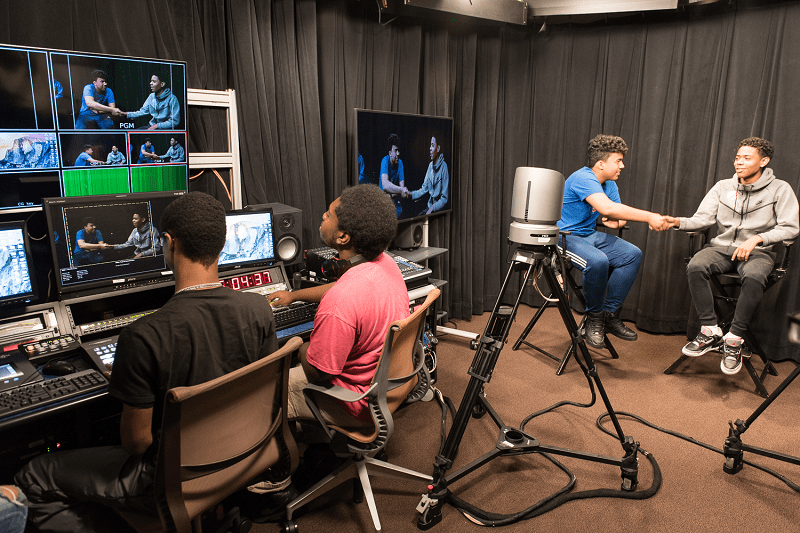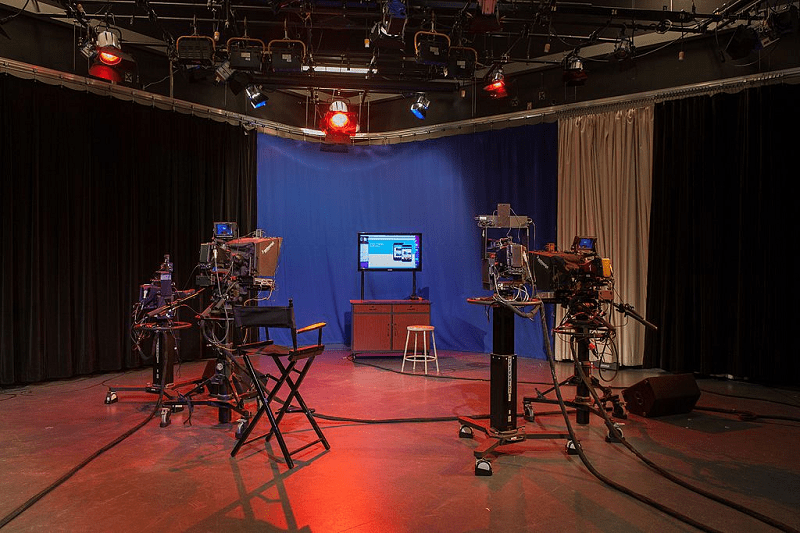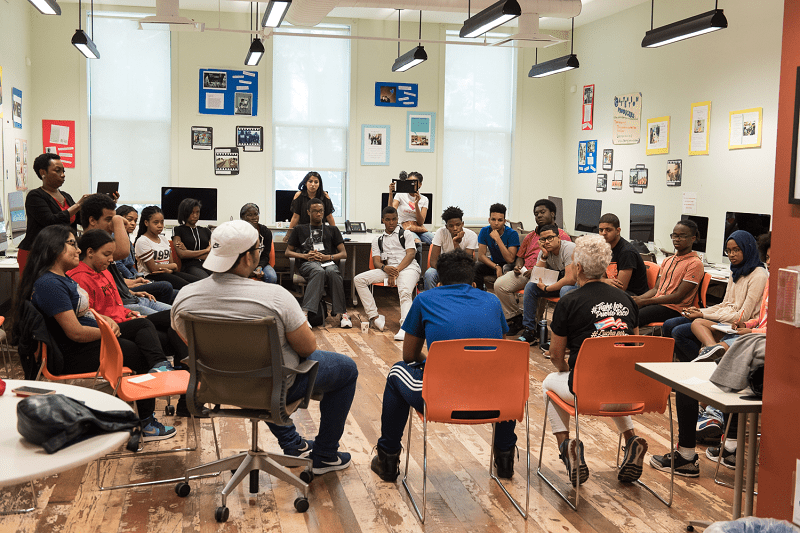The history of TV dates back to the end of the nineteenth century, when the first experimental TV sets were created. The form of TV remote information transmission began to develop rapidly after the end of World War II. The US became interested in this technology. By the mid-60s of the last century, TV had already become widespread among the world’s leading powers. Read more on manhattan-future.
One of the first organizations that created the conditions for the start of TV in Manhattan was Manhattan Neighborhood Network (MNN). This American nonprofit organization continues to broadcast some programs for five public cable TV stations in Manhattan in the 20s of the twenty-first century.
The history of the media company dates back to the 90s of the twentieth century…
The history of this Manhattan media company began in 1992, the year it started its TV (network) operations. Almost immediately, other media giants, such as Time Warner Cable (specializing in cable TV), Verizon (mainly engaged in telecommunications) and RCN Corporation (a provider of TV services), became interested in MNN’s activities. The company signed agreements with them on further financing of MNN. Under the same agreements, joint franchising work was organized between media organizations.

[The main entrance to the building. Photo source: https://upload.wikimedia.org/]
Immediately after its opening in Manhattan, the company set up its first studios to provide cable TV for the city. Initially, these studios were organized in a building on 23rd Street, which was leased by MNN, and next door to ETC/Metro-Access Inc. Studios. Later, the studio moved to a new location at 537 West 59th Street, where it continues to operate in the 20s of the twenty-first century.
By 2002, the city’s MNN launches two satellite TV stations. The first is in the Lower East Side (it operates in conjunction with another partner company, the Downtown Community Television Center, which also operates TV networks). The second is in East Harlem (a partnership with PRdream.com, also known as MediaNoche, which is Manhattan’s oldest media service).
The cooperation with the second company, PRdream/MediaNoche, ended in 2006. Given these circumstances, MNN decided to open an additional TV station, which was smaller than the previous one, located in a basement storefront in the East Harlem neighborhood on Lexington Avenue.
MNN’s grants for the Manhattan community
It is also worth noting that MNN was not only engaged in providing TV services to homes. They also organized one of the first grant programs for community media in the city. The company decided to volunteer video equipment, jobs and training for Manhattan community groups.
Such programs from the city’s urban network helped the local population to document historical facts about life in that period. In the 1990s and 2000s, common problems prevailed in the US: the spread of AIDS (a socially dangerous infectious disease called HIV), labor organization, police brutality, constitutional rights and responsibilities of immigrants and the right to disseminate and legitimize LGBT people. MNN distributed such grants for a long period of time, until they were suspended in 2008.

[Working in the city network. Photo source: https://www.mnn.org/]
This decision provoked a great deal of publicity among the public of Manhattan and New York. This led to the final consideration of the case of Manhattan Community Access Corp. v. Halleck by the US Supreme Court in 2019.
Methods of work of the Manhattan TV Network
MNN uses its own methods for its telecommunications work. For example, the network operates through five channels. The first community channel, MNN1, mainly broadcasts narrative programs on local elections, news about Manhattan and New York politics and pressing community needs. MNN2 Lifestyle channel specializes in exploring the daily life of the local population.
The other three channels are the following:
- MNN3 Spirit (the general theme of this channel is to cover general spiritual, religious and philosophical issues for different faiths).
- MNN4 Culture (the channel mainly broadcasts programs in different languages of the world that focus on art, architecture and other cultures from the perspective of the Manhattan community).
- The last one, MNN5 HD (the company’s newest channel, whose programs are shown in high quality).
According to statistics, each year, MNN successfully broadcasts more than 10,000 hours of programming in total. These include original local programs that are mainly relevant to Manhattan and the surrounding New York City area, as well as exclusive programs that are adapted into more than 40 languages. It is worth noting that some of MNN’s programs have been awarded Community Media awards by the Alliance for Community Media.

[The TV company’s broadcasting platform. Photo source: https://upload.wikimedia.org/]
MNN is also engaged in new project-based programs, which are mainly released through the cable and digital channel NYXT.nyc. It was first debuted online in 2016, the same year it began its on-air operations. NYXT.nyc has entered into partnership programs with more than 60 US NGOs, with which it continues to broadcast programs that focus on bringing people together in the city.
MNN’s contribution to the development of Manhattan’s media
MNN has become the largest community media network not only in Manhattan but throughout NYC, operating two of the city’s largest TV centers in Manhattan and East Harlem. The company, which was one of the first to bring TV to Manhattan, also provides training, equipment, facilities and programs for organizations that specialize in broadcasting MNN channels. For example, in 2016, MNN broadcast a total of more than 500 recordings, becoming the leading media institution in NYC.
Throughout the 2010s, MNN continued to upgrade equipment on its Manhattan networks. In particular, in 2012, MNN built a new community media center called MNN El Barrio Firehouse, which was located in the former Engine Company 53 neighborhood in East Harlem. The El Barrio Firehouse Media Center specialized in intergenerational broadcasting: they offer skilled education, community events and training programs that lead to TV content production for Manhattan TV.

[A working meeting at MNN. Photo source: https://www.mnn.org/]
El Barrio Firehouse could become a home for a generation of young people who are interested in developing MNN media center, which was founded in 2000. Here, young people in Manhattan can get a quality education, a qualified internship and preparatory classes consisting of a 5-hour block of programs each week. El Barrio Firehouse also creates additional career opportunities for people aged 15-25 who come from low-income families.
Back in 1996, when MNN was first founded, certain goals were set – for example, that MNN should remain an accessible and public TV station. The TV network was to remain the main center for the organizational processes of Manhattan and public media. It is also a well-known fact that for all Manhattan producers, employees and community groups, MNN has forever been a telecommunications corporation that has remained publicly accessible since its inception.